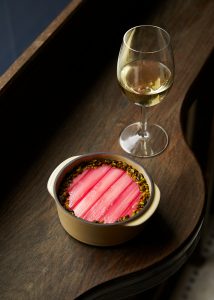Betty Wood talks to shop owner Alastair Hendy about his Edwardian-inspired home store that sells more than just nostalgia on the south coast
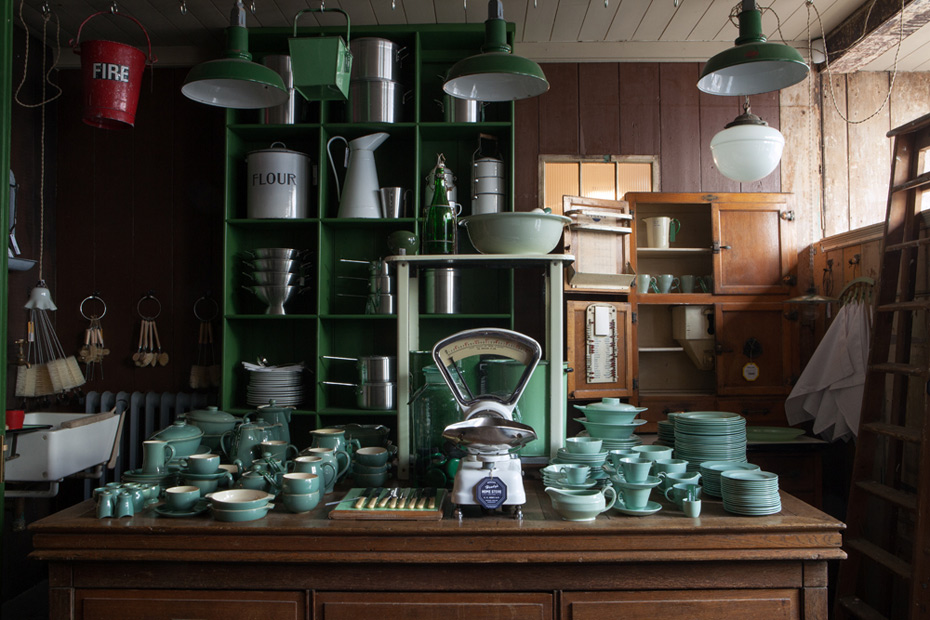
Given the current zeal for “vintage”, you’d be forgiven for thinking you’d find A.G. Hendy’s Home Store in East (or even West) London. It might come as something of a surprise to find that it is in fact well off the beaten track (a good train ride from the capital) on the south coast of England in Hastings. Lifted from the pages of an E.M. Forster novel, A.G. Hendy’s channels a period of British history when “packaging” referred to brown bags and glass jars, rather than polyethylene terephthalate and vacuum packaging. The seaside town – whose Victorian peak, (and subsequent decline), typifies the changes of Britain during the intervening hundred years – is the perfect setting for the shop. Selling ranges of brushes, enamelware and vintage Woods ware, Beryle china, (the type you might have drunk from at a village fete or a school hall, and old even when you were a child), it’s this nostalgia, and appreciation of simple function, that is at the very heart of Hendy’s store.
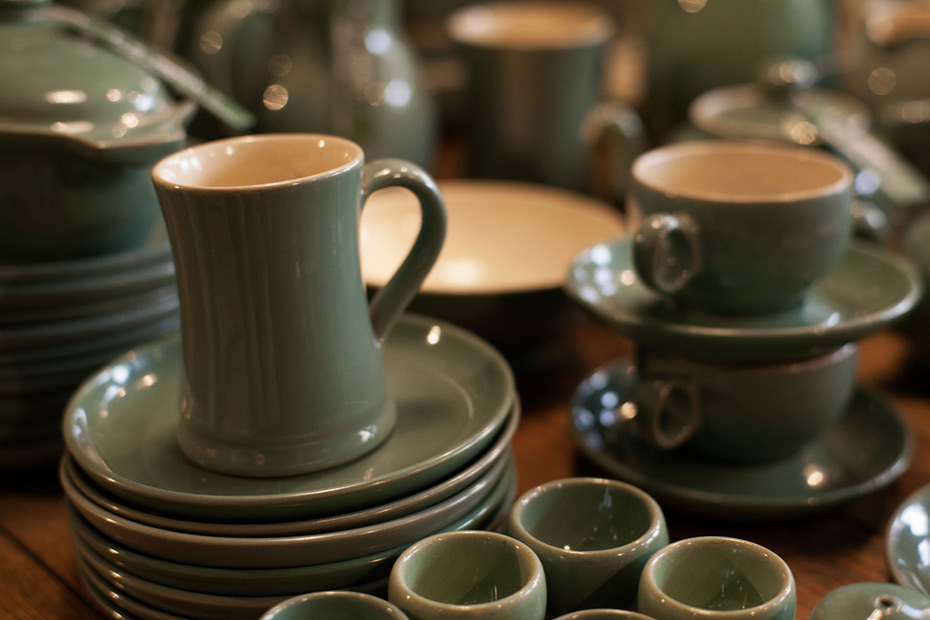
“My grandparents lived just outside Hastings, so I’ve known it all my life” store owner Alastair Hendy explains when I ask him more about his choice of Hastings as a basis for his business. Alastair works in London as a photographer and food writer. On weekends, he travels down to the store, where he works in the newly re-opened Kitchen as chef. Beyond the kitchen doors, Alastair sources the items on sale and curates them (room by room), cataloguing them for the shops website (which he’s overseeing the development of). Each room is a tableau of neatly organised function, and a snapshot of a bygone era (tangible, only within the confines of the store.) “I also wanted somewhere I could do lots to the building – I didn’t want to spend a fortune on somewhere in London that I only rented, that wasn’t really mine.”
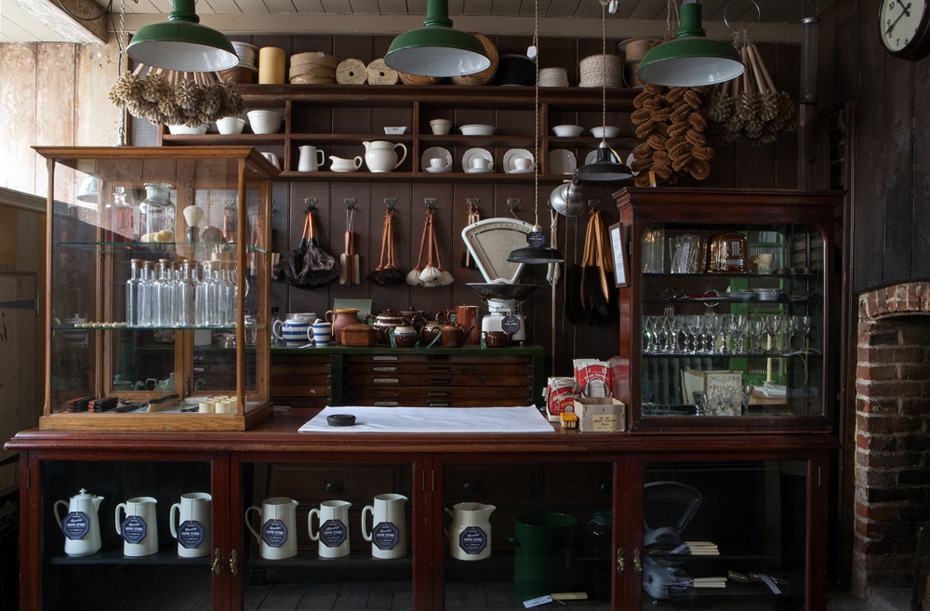
It almost goes without saying that A.G. Hendy’s is a labour of love: Alastair spent more than three years restoring the late-Georgian building, which was in a state of serious disrepair when he bought it. “It was an Artex hell!” he tells me, explaining that many of the building’s original features had been boarded up, or removed entirely. “I wanted to put back the years that had been taken away” he explains, “if I found a fragment of original tongue and groove somewhere, I’d go and buy some old, salvaged tongue and groove of a similar width to match it”. Slowly, the interiors started taking shape, evolving into the interior sets you see today. “I didn’t want to do a Georgian or Victorian period property – I wanted the different periods that affected the building to be reflected. The shop front is 1920s, as is the broom area, but go upstairs and there’s a slightly more Victorian feel… It feels more like the building has evolved, rather than someone has created a set-piece”.
“It’s a bit of a cliché, but I think you should let a building speak to you, to tell you what it’s about” Alastair says. “I did what was right for the building with a view to the things I wanted to sell”. A long-time collector, the store has a range of vintage chinaware and items that were sold in turn-of-the-century hardware stores that Alistair has collected over a period of years, the type he has used himself as props in photo shoots or at home. “I’ve got a rule that we don’t put things in the shop that don’t have a practical use. There’s a couple of exceptions – the odd print etc – but it never stretches to a vase”. These “practical items” include an extensive range of brushes, enamelware’s, drinking glasses, saucepans and tins, kettles and a full range of Sheffield made scissors, “from tailor’s shears right through to pruning shears.”
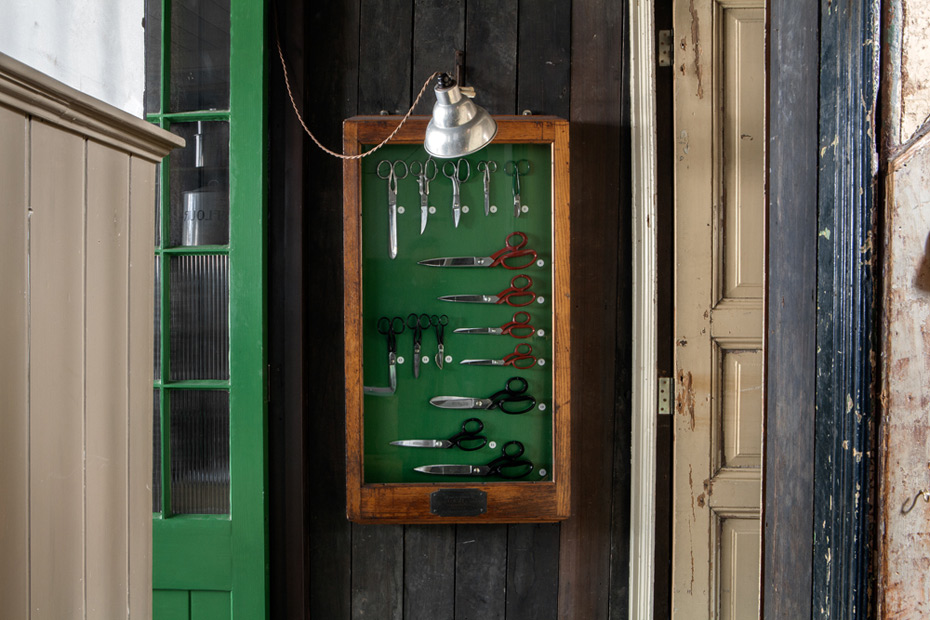
Where possible, stock is made in Britain, though Alastair admits this is increasingly difficult to source. “Unfortunately, less people are making things here: a lot of my brushes come from a family-run business in Germany.”
Less “Made in Britain”, more “pre-made”, Alastair adds, “I think there’s so much stuff out there that we call second hand or vintage that just needs to be reworked or relived again – put together in the right way to make it exciting. We can recycle and reuse it, rather than keep making new. It’s not about living in the past – though I am slightly guilty of that in my shop – it’s about getting the best out of everything I can.” Hendy’s Home Store sells an ideal that works beyond the goods laid out on the tables – the store is an extension of Alastair himself. He’s always looking for the “best” he can, and it’s this symbiosis (between his food, his photography, his design and his store) that ultimately makes Hendy’s a success.
See more images from this shoot on our Facebook page



